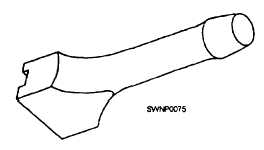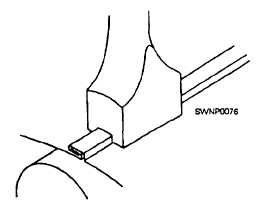
Figure 2-56. - Development of a truncated cylinder.

Figure 2-57. - Making a grooved seam joint.

Figure 2-58. - Hand groover.

Figure 2-59. - Locking a grooved seam with a hand groover.
allowance for a wire edge is 2 1/2 times the diameter of the wire used As an example, you are using wire that has a diameter of 1/8 inch. Multiply 1/8 by 2 1/2 and your answer will be 5/16 inch, which you will allow when laying out sheet metal for making the wire edge.
Joints
The GROOVED SEAM JOINT (fig. 2-57) is one of the most widely used methods for joining light- and medium-gauge sheet metal. It consists of two folded edges that are locked together with a HAND GROOVER (fig. 2-58).
When making a grooved seam on a cylinder, you fit the piece over a stake and lock it with the hand groover (fig. 2-59). The hand groover should be approximately 1/16 inch wider than the seam. Lock the seam by making prick punch indentions about 1/2 inch in from each end of the seam.
The CAP STRIP SEAM (fig. 2-60, view A) is often used to assemble air-conditioning and heating ducts. A variation of the joint, the LOCKED CORNER SEAM (fig. 2-60, view B), is widely accepted for the assembly of rectangular shapes.

Figure 2-60. - (A) Cap strip seam, (B) Locked corner seam
Continue Reading